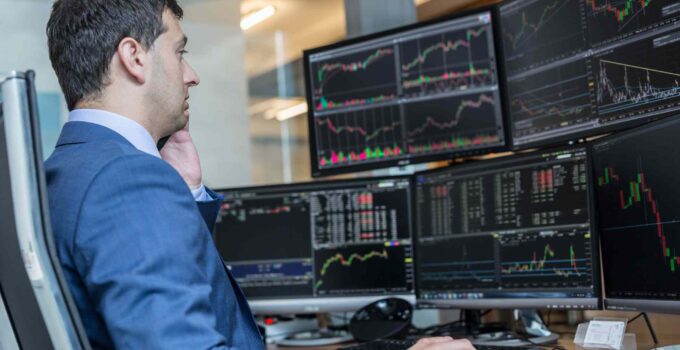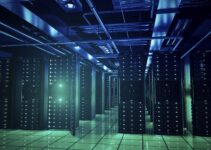As a stock trader, your success relies heavily on the performance and reliability of your trading computer. Beyond the basics of processing power, memory, storage, and other essential components, there are advanced considerations that can further enhance your trading experience. In this article, we will explore advanced tips for selecting the best trading computer to optimize your trading performance and stay ahead in the competitive world of stock trading. Maximize efficiency and stay ahead of the competition with the best laptops and desktops here!
Trading computers are designed to handle the demands of real-time data analysis, multi-platform use, and high-speed order execution. These systems are built with fast CPUs and memory to support smooth performance across several monitors and applications. For active traders, hardware reliability directly affects trade timing and decision-making. A properly configured system helps reduce lag and avoid missed opportunities during volatile market conditions.
Page Contents
Enhancing Performance and Customization for Trading Computers
Overclocking: Squeezing More Performance
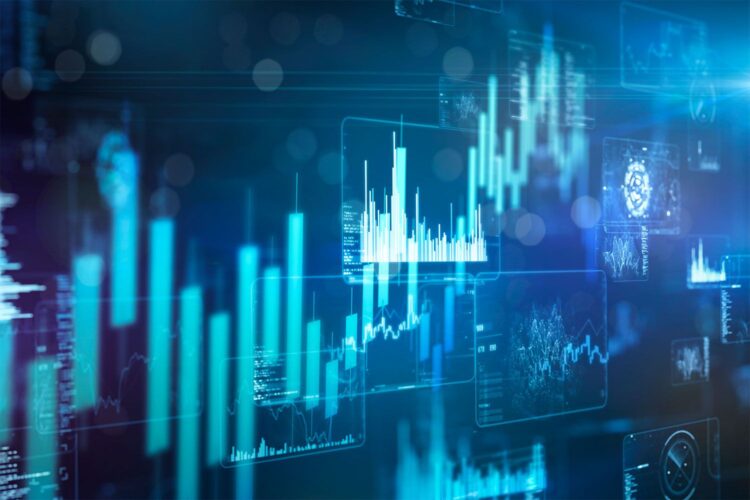
Source: investopedia.com
For traders who seek maximum processing power, overclocking can provide an extra boost. Overclocking involves pushing the CPU beyond its default clock speed to achieve higher performance. However, it requires advanced knowledge and comes with potential risks such as increased heat generation and reduced component lifespan. If you are comfortable with advanced computer tweaking and have adequate cooling solutions, overclocking can unlock additional processing power for faster trade execution and data analysis.
Multi Monitor Setup: Expanding Your Trading Workspace
Trading requires monitoring multiple stocks, charts, and news feeds simultaneously. A dual monitor setup can significantly expand your trading workspace and enhance your productivity. By connecting two monitors to your trading computer, you can allocate different applications and data to each screen, increasing visibility and reducing the need for constant switching between windows. This setup allows for efficient analysis and decision-making, providing a competitive edge in fast-paced trading environments.
SSD RAID Configuration: Lightning-Fast Data Access
Solid-State Drives (SSDs) already offer faster data access compared to traditional hard drives. However, taking it a step further, you can set up a RAID (Redundant Array of Independent Disks) configuration with multiple SSDs for even greater speed and redundancy. RAID 0 combines the storage capacity of multiple SSDs and stripes data across them, resulting in enhanced read and write speeds. This configuration ensures lightning-fast data access, enabling you to swiftly retrieve market data and execute trades without any delays.
Custom Liquid Cooling: Keeping Temperatures in Check
Intensive trading activities can put a significant load on your trading computer, generating heat that may affect its performance and longevity. Custom liquid cooling systems offer an advanced cooling solution to keep temperatures under control. By replacing traditional air cooling with liquid-cooled components, you can achieve superior heat dissipation, allowing your trading computer to operate at optimal temperatures even during intense trading sessions. Custom liquid cooling also reduces noise levels, creating a quieter trading environment.
High-Frequency Trading Considerations: Ultra-Low Latency
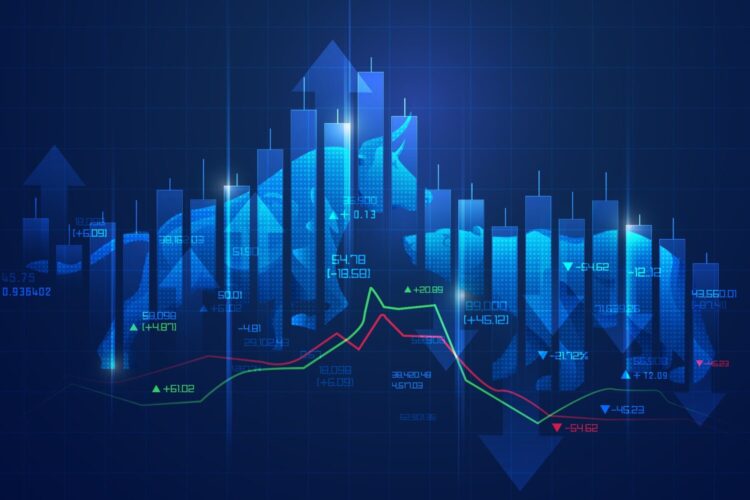
Source: bbntimes.com
High-frequency trading (HFT) strategies rely on ultra-low latency to execute trades in milliseconds. For HFT traders, minimizing latency is crucial, and every millisecond counts. To achieve ultra-low latency, consider specialized trading computers that are purpose-built for HFT. These computers utilize advanced hardware and optimized software configurations to minimize network delays and ensure lightning-fast trade execution. Additionally, selecting a co-location service that places your trading computer in close proximity to stock exchanges can further reduce latency and improve trade execution speed.
Multiple Network Interfaces: Redundancy and Load Balancing
Maintaining a stable and reliable internet connection is vital for uninterrupted trading. Consider a trading computer with multiple network interfaces to achieve redundancy and load balancing. By utilizing multiple network interfaces, such as wired Ethernet and Wi-Fi, you can ensure a backup connection in case of primary network failure. Load balancing distributes network traffic across multiple interfaces, optimizing performance and minimizing downtime.
Custom-Built Trading Computers: Tailored to Your Needs
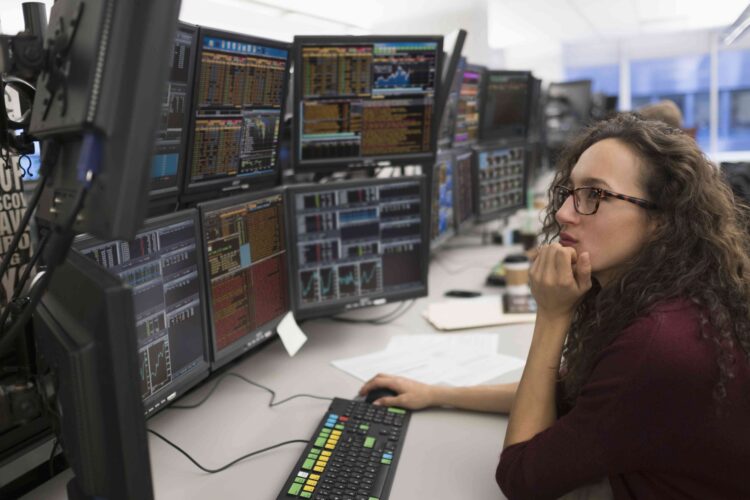
Source: investopedia.com
Off-the-shelf trading computers may not always meet the specific requirements of every trader. For advanced traders with unique needs, custom-built trading computers offer the flexibility to tailor the hardware configuration to their exact specifications. Working with reputable computer builders or system integrators specializing in trading computers allows you to select components and features that align with your trading strategies and preferences, ensuring optimal performance and reliability.
Regular Maintenance and Upgrades: Sustaining Performance
Once you have selected and built your ideal trading computer, regular maintenance and upgrades are essential for sustaining its performance. Keep your operating system, trading software, and drivers up to date to benefit from the latest security patches, bug fixes, and performance optimizations. Regularly clean your computer to prevent dust accumulation, which can affect cooling efficiency. Additionally, periodically evaluate your trading needs and consider hardware upgrades, such as adding more memory or upgrading your graphics card, to keep up with evolving trading demands.
Conclusion
By considering advanced tips beyond the basics, you can choose the best trading computer that caters to your specific needs as a stock trader. Overclocking, dual monitor setups, SSD RAID configurations, custom liquid cooling, high-frequency trading considerations, multiple network interfaces, custom-built solutions, and regular maintenance and upgrades are all factors to consider when optimizing your trading performance. With a well-equipped and fine-tuned trading computer, you can stay competitive, execute trades with precision, and make informed decisions in the dynamic world of stock trading.

